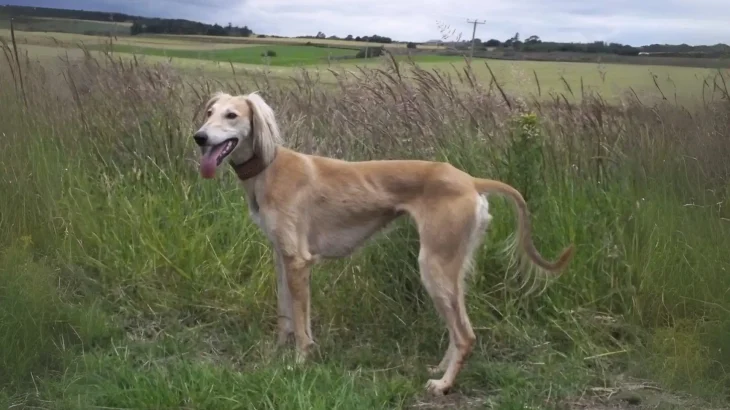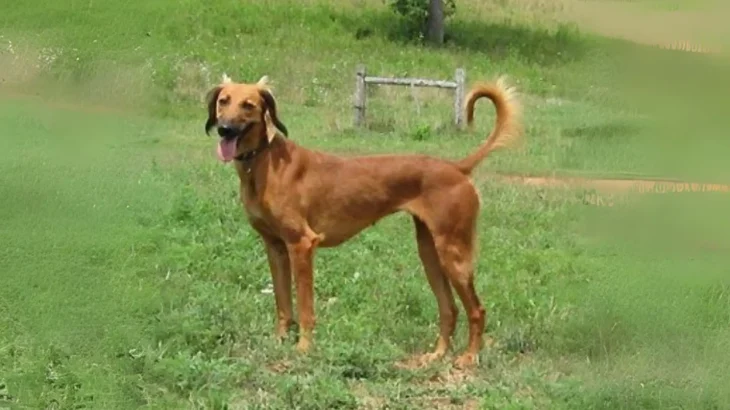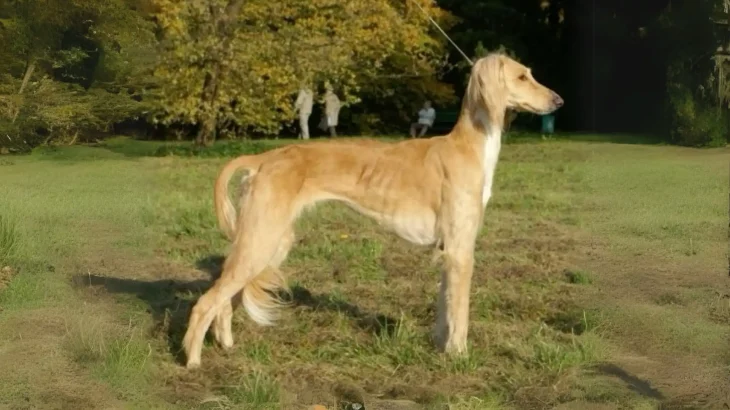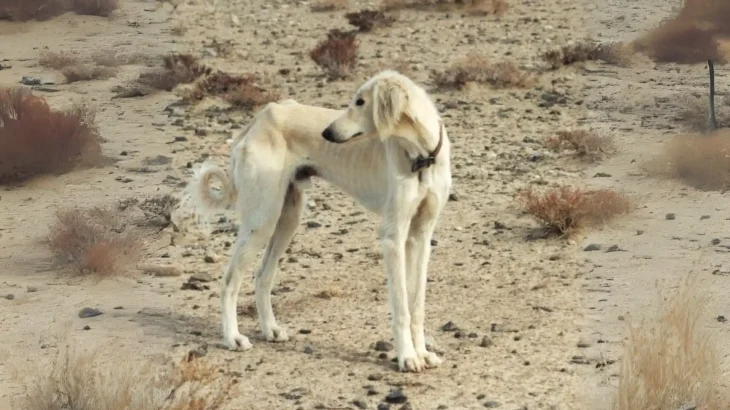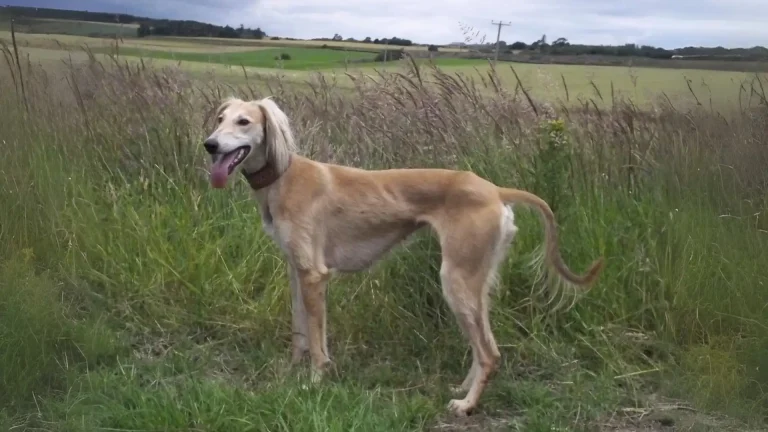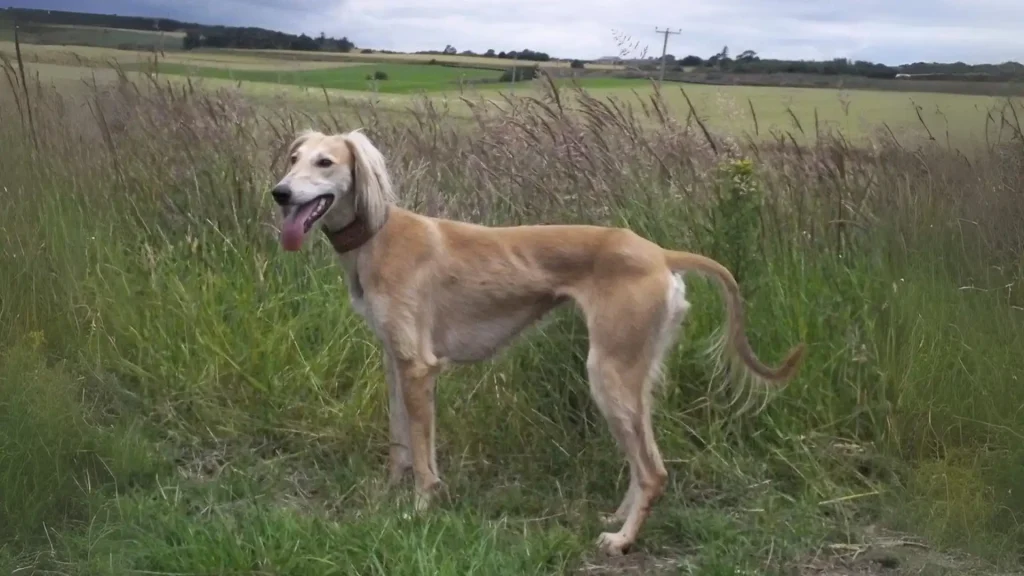Owning a Pakistani Tazi Hound can be rewarding, and pet insurance is a smart way to protect your dog's health and your finances. It covers unexpected veterinary costs like illnesses, injuries, and surgeries, which can be expensive without coverage. The Pakistani Tazi Hound is active and energetic, increasing the chance of accidents or health issues needing vet care. Insurance typically includes health and surgery coverage, and sometimes liability coverage if your dog causes damage. Some owners prefer saving money for emergencies, but insurance shares financial risks and offers peace of mind. Plans generally cover treatments, tests, medications, and surgeries but exclude routine care or pre-existing conditions, with owners paying deductibles and co-pays. Advantages include predictable costs and access to quality care; disadvantages include monthly premiums and coverage limits.
Health and Surgery Coverage
This coverage is important for active dogs like the Tazi, protecting against injuries like cuts, broken bones, or ingestion of harmful substances. It helps manage costs for diagnosis, surgery, and post-care, reducing stress from bills. Some plans limit amounts or exclude chronic conditions, and deductibles mean some out-of-pocket expenses.
Liability Coverage
Liability insurance protects against claims if your Tazi injures someone or damages property. Their speed can make accidents costly. Not all policies include this, so extra arrangements may be needed to avoid high expenses.
Common Alternatives to Insurance
Some owners build emergency savings or use credit instead. This saves on premiums, but unexpected big costs can exceed savings or credit limits, causing strain. Unlike insurance, these alternatives don't offer negotiated vet rates or ongoing treatment coverage, so they're less reliable for serious issues.
Coverage Details and Owner Expenses
Insurance covers illnesses, accidents, surgeries, hospital stays, tests, and medications but usually excludes pre-existing or preventive care like vaccines. Owners pay deductibles, co-pays, and premiums. Knowing these helps avoid surprises and budget wisely.
Advantages and Disadvantages of Pet Insurance
Benefits include financial protection and support for timely vet visits. Drawbacks are premium costs, coverage limits, and possible claim denials. Owners should weigh these against their finances and the breed's health risks.

